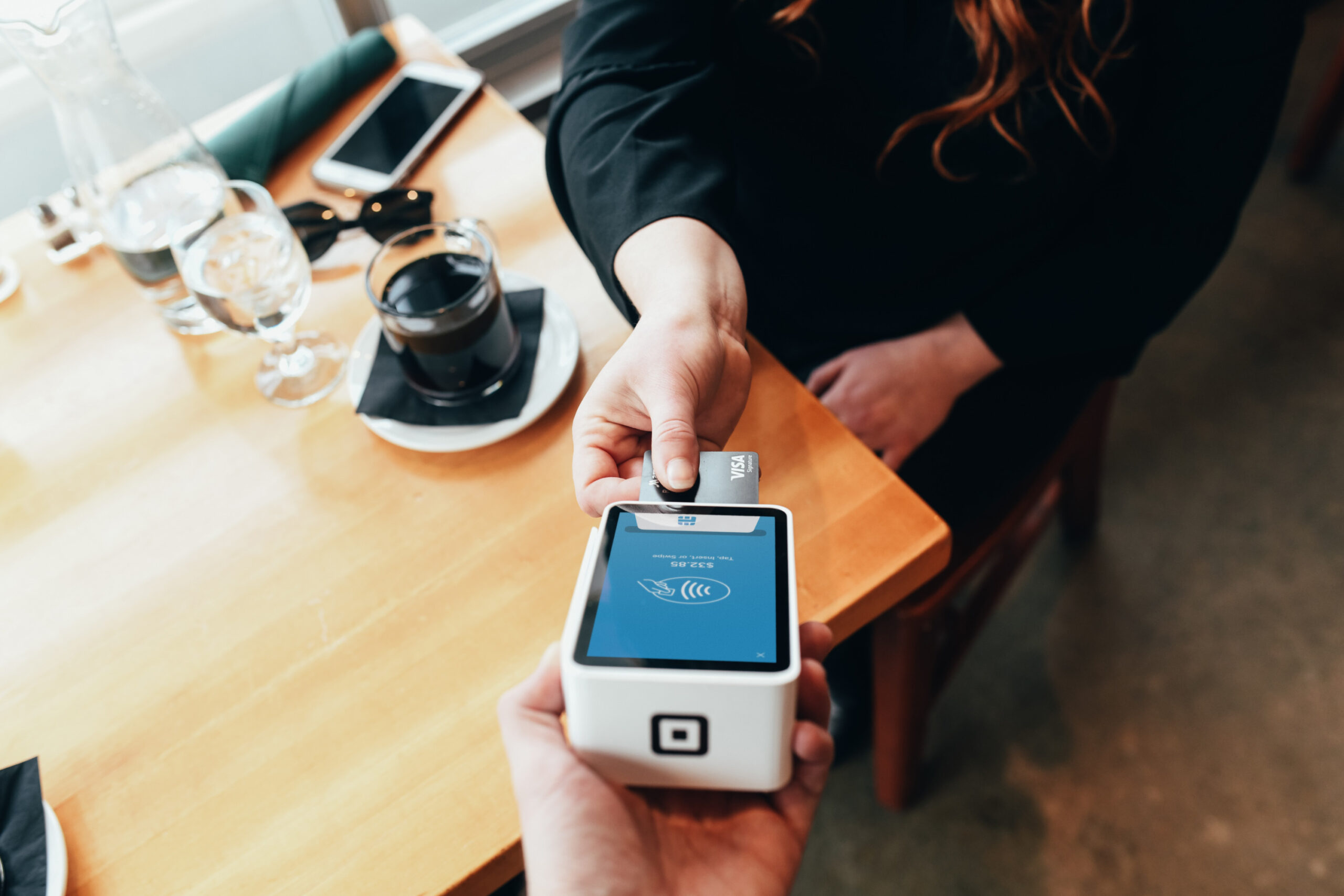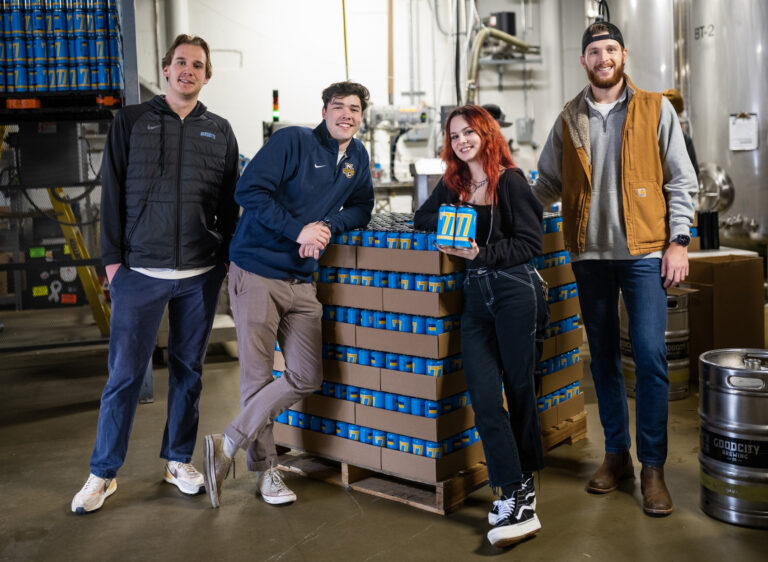
The rules for tipping have changed considerably over the past few years. It seems everyone is confused on when to tip or how much. With most purchases these days completed via debit or credit card, it seems like there’s an obligation to tip on everything.
Dr. Alex Milovic, associate professor of practice of marketing, clears up the confusion and explains when tipping is appropriate, how much you should tip, and — under the right circumstances — whether it’s OK to not leave any gratuity at all?
There seems to be more pressure to tip on every purchase nowadays. What are the main rules of tipping?
The changing tipping landscape means that we are still deciding on a new version of the main rules of tipping. In the past, the rule was to tip 15-20% for service workers in restaurants, and somewhere between 10-20% for service workers in other industries (e.g., food delivery, taxi drivers, valets). There’s also an unofficial rule for those who have previously worked in restaurants to over-tip (over 20%) as a nod to the difficulty of the profession. The rise in point-of-sale software across many industries has increased both the number of times we’re asked to tip and how much we’re expected to tip (with 15% becoming the new norm in many instances).
Some general rules for tipping include:
1. The better they are, the more you tip.
2. The more work they do for you, the more you tip.
3. If they went above and beyond (e.g., worked with the kitchen to customize a food order), the more you tip.
4. If you frequent a restaurant, tipping more may lead to a better long-term relationship in future visits.
At what point in the recent past did tipping become so confusing? What was the turning point?
The rise in cashless transactions led to an increase in stores adopting point-of-sale software to handle transactions, especially during COVID. These POS applications often include a “leave tip” question as a default option when setting up the service. Now you’re seeing the tip question appear for food service companies that aren’t sit-down, such as fast casual restaurants or local food shops. At a sit-down restaurant, you are asked to tip at the end of the meal. However, at fast casual and other non-sit-down food sellers, you’re asked to pay before you consume the food — presenting you with a conundrum as you aren’t sure of the quality of the service because you haven’t received it yet.
If your customer service or dining experience is sub-par, is it okay not to tip? Or should you always leave something, even if it’s small? When is it okay not to tip?
Unfortunately, this isn’t an easy question to answer. While a bad server doesn’t deserve a great tip, sometimes the issues are not their fault — but they are the ones who suffer. One thing to note: often the tip doesn’t only go to the server but is also shared by the door and bussing staff, bartenders and even other servers through tip share arrangements. In this case, leaving no tip will cost the server money, since a percentage of earnings is taken out after their shift regardless of what the server earned. Also, the federal minimum law for employees who receive tips is quite low (currently just over $2/hour), meaning that customer tips are meant to make up the difference to the standard hourly minimum wage.
If you experience bad service on repeated occasions, you can ask to speak with a manager to see if the problem can be resolved. If service continues to suffer, and feedback hasn’t resulted in any positive changes, then it may be time to find a new restaurant.



